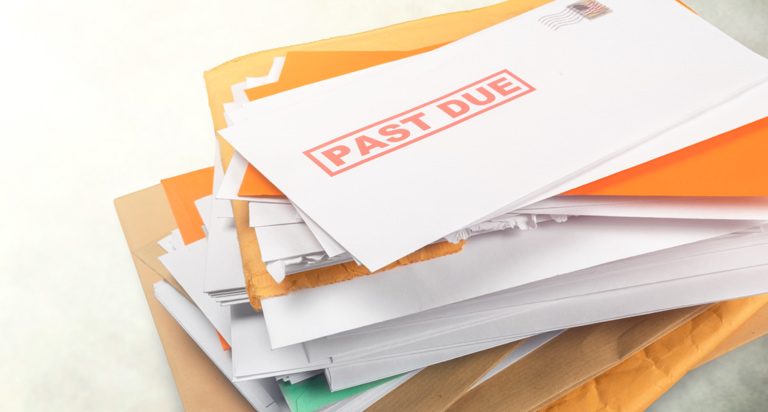How Do I Get My Free Credit Reports and Protect My Credit While Incarcerated?


Highlights:
- There are measures incarcerated individuals can take to better protect their personal information.
- You can request free annual credit reports online, by phone, or by mail from each to the nationwide credit bureaus.
- Placing a free security freeze on your credit report may help prevent potential fraud.
Regularly checking your credit reports is a good way to ensure information is complete and accurate. You are entitled to a free copy of your credit reports every 12 months from each of the three nationwide consumer reporting agencies — Equifax®, TransUnion® and Experian®.
Additionally, if you are an incarcerated individual, the risk of identity theft could negatively impact your credit reports and credit scores, as well as increase your challenges as you reenter society upon release. A security freeze, also known as a credit freeze, is one way you can help protect your personal information. Placing a security freeze keeps creditors from accessing your credit report and keeps them from approving any new accounts in your name. Security freezes are free under federal law.
Requesting Your Credit Reports
As an incarcerated individual there are several ways to request your free credit reports. By visiting annualcreditreport.com, you can request your credit reports online. You can also contact the Annual Credit Report Service via phone or mail:
- By calling: (877) 322-8228;
- By mailing: Annual Credit Report Request Service, P.O. Box 105281, Atlanta, GA 30348-5281.
If the request is being submitted by mail, the following information must be included when the request is coming from a prison or jail:
- Consumer's first, middle, and last names, plus any suffix used
- A prisoner identification number
- Current address
- Address(es) during the two years preceding incarceration
- Social Security number
- Date of birth
- The name of the correctional institution as the return address and the prisoner identification number on the envelope used to mail the request.
Additionally, check with the correctional facility to determine how to keep copies of your credit report as rules vary for how facilities retain personal information.
Placing a Security Freeze on Your Credit Reports
With a security freeze, your credit reports cannot be accessed (with some exceptions) to open new credit unless you temporarily lift or permanently remove the credit freeze. This helps better protect against others from opening new credit accounts in your name. You will need to place a security freeze on your credit reports at each of the three nationwide credit reporting agencies.
The easiest way to place a security freeze on your Equifax credit report is online with a myEquifax account. You can view the status of your security freeze, and also temporarily lift or permanently remove the freeze through myEquifax. You can also request, lift or remove a security freeze on your Equifax credit report:
- By calling our automated line at: 1-888-Equifax (1-888-378-4329);
- By mailing: Equifax Information Services LLC, P.O. Box 105788, Atlanta, GA, 30348-5788.
If the request is being submitted by mail, the following information must be included when the request is coming from a prison or jail:
- Consumer's first, middle, and last names, plus any suffix used
- A prisoner identification number
- Current address
- Address(es) during the two years preceding incarceration
- Social Security number
- Date of birth
- The name of the correctional institution as the return address and the prisoner identification number on the envelope used to mail the request.
- A statement requesting a security freeze, a request to temporarily lift an existing freeze with beginning and ending dates, or a request to permanently remove an existing security freeze.



